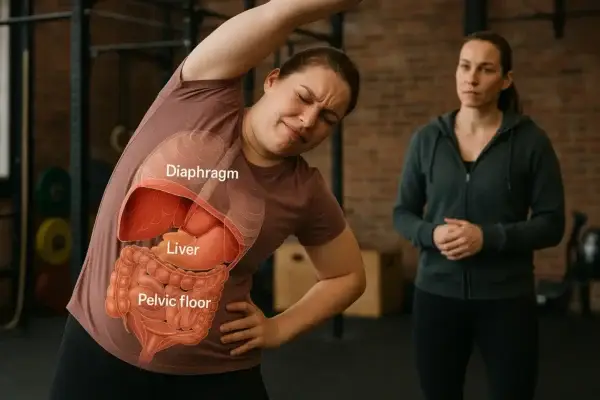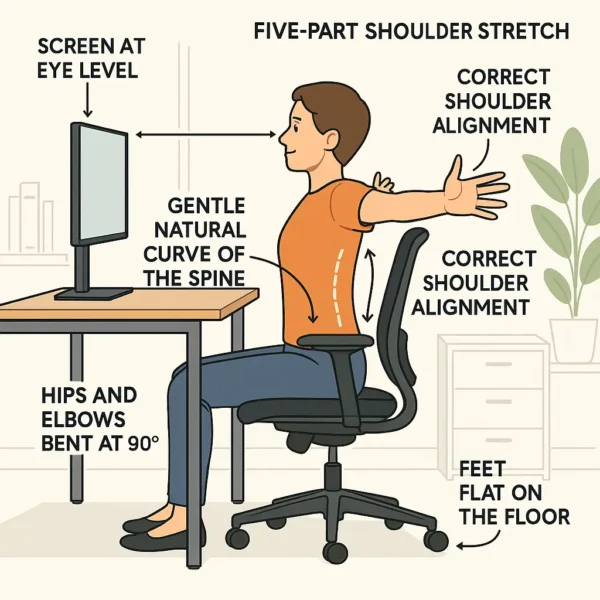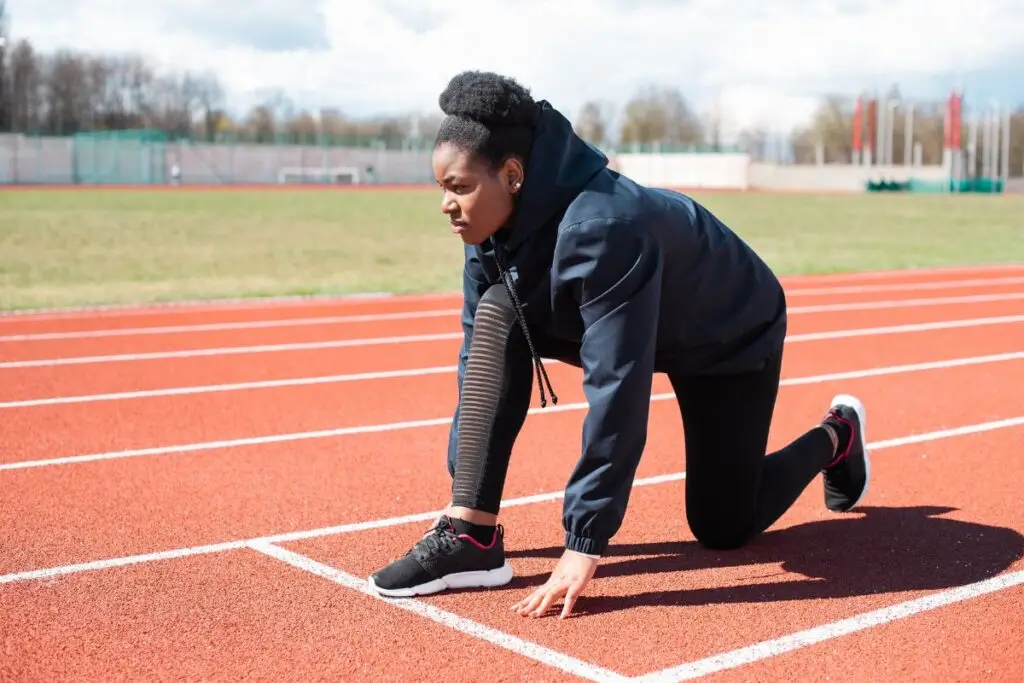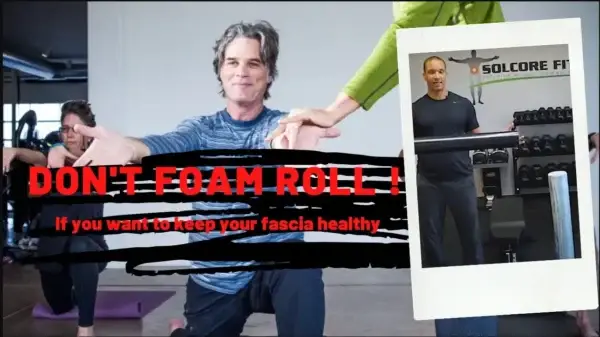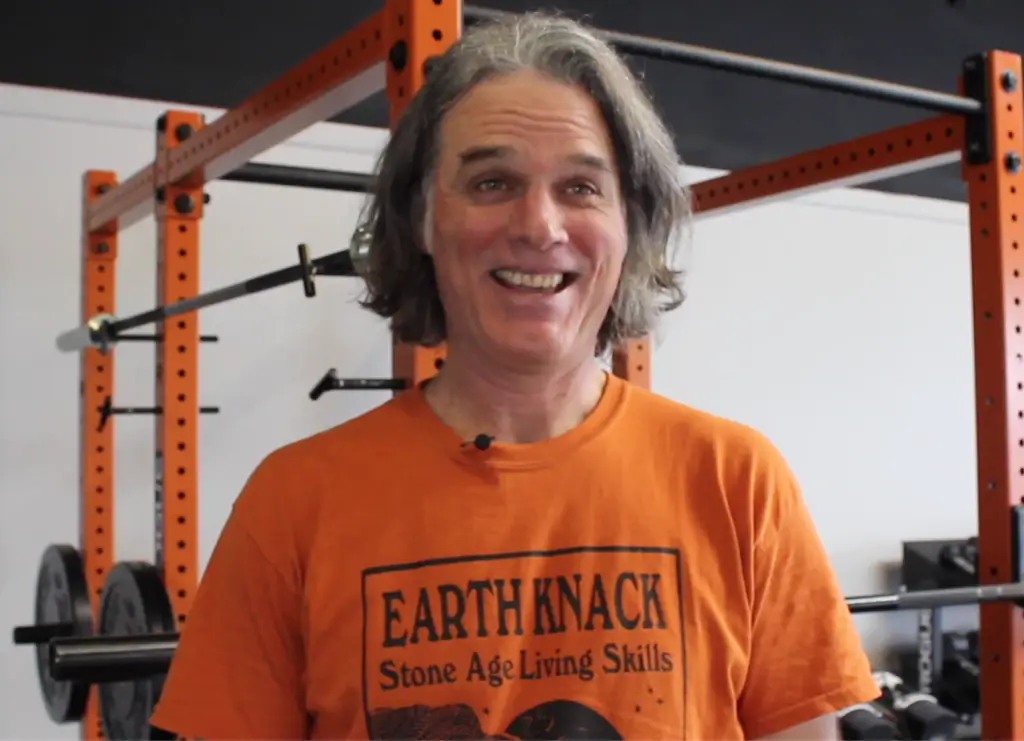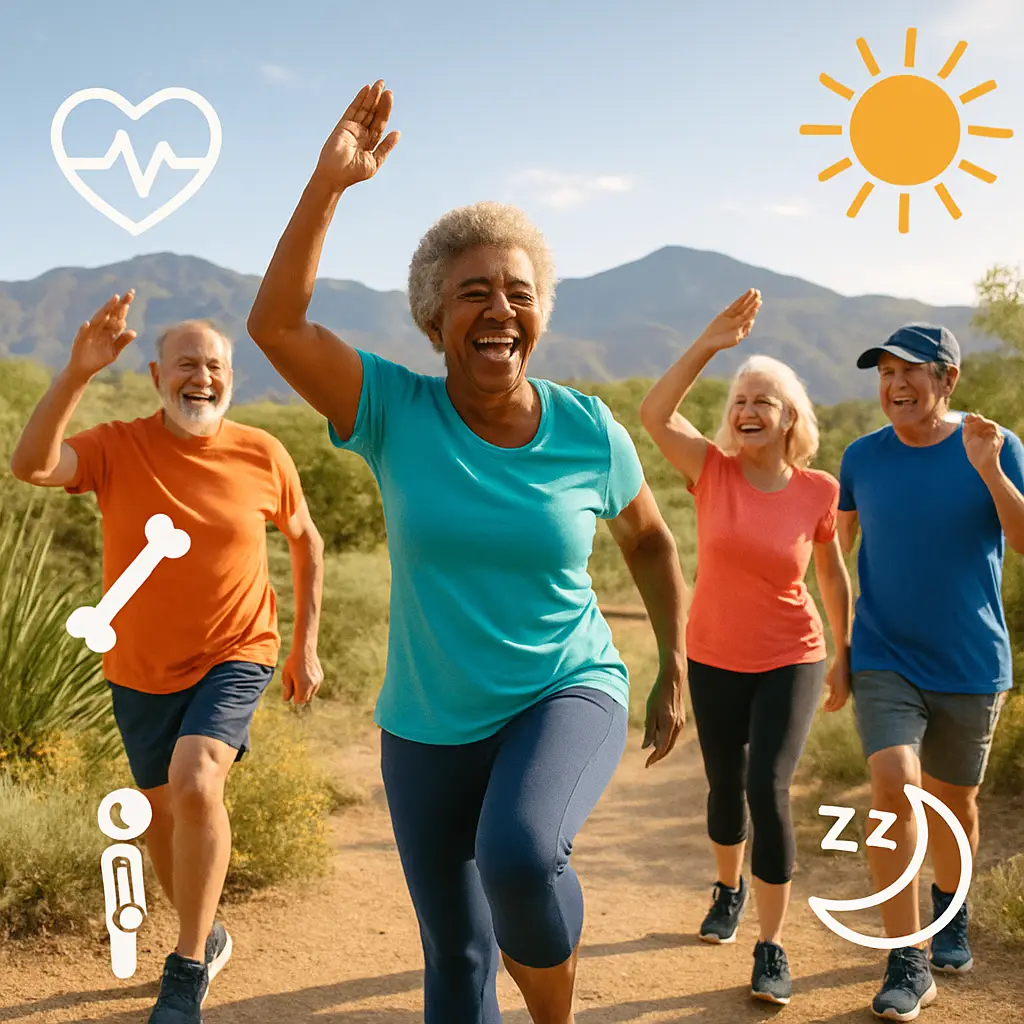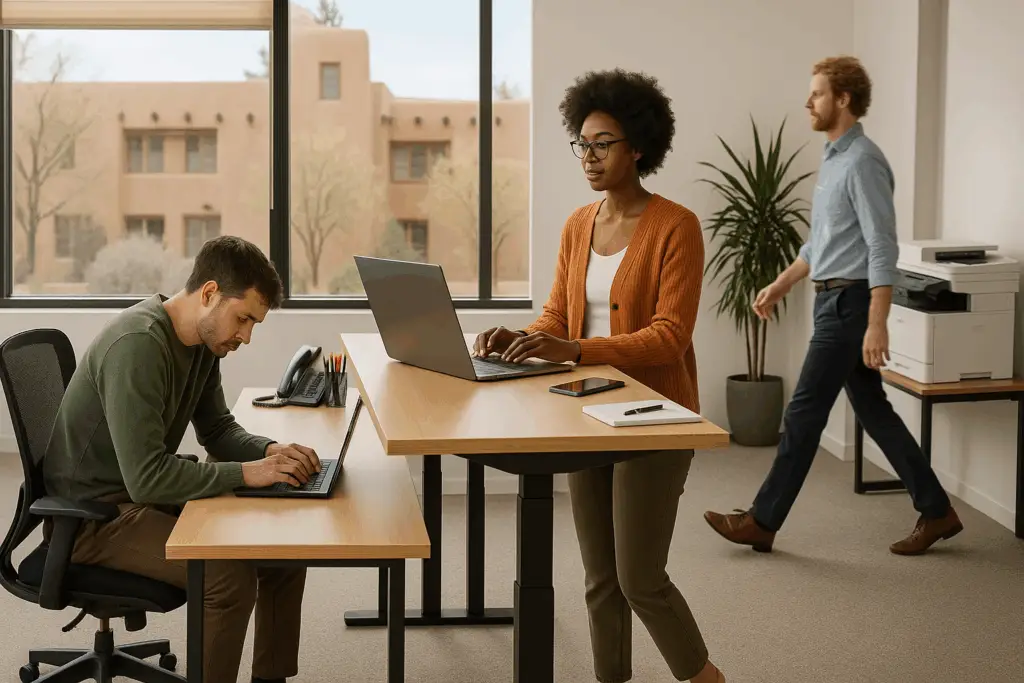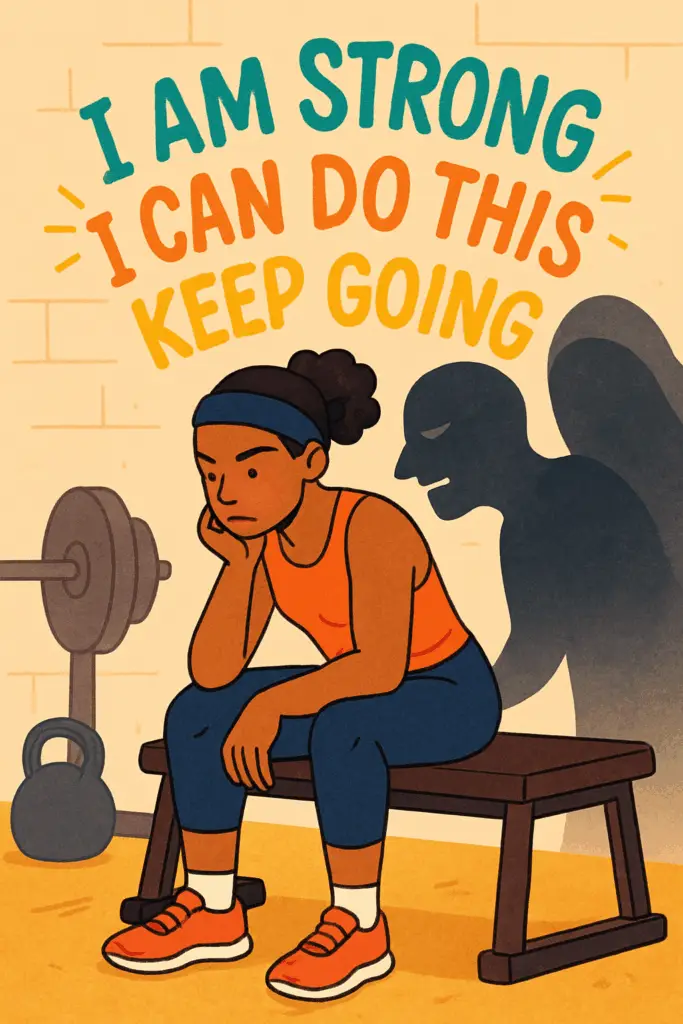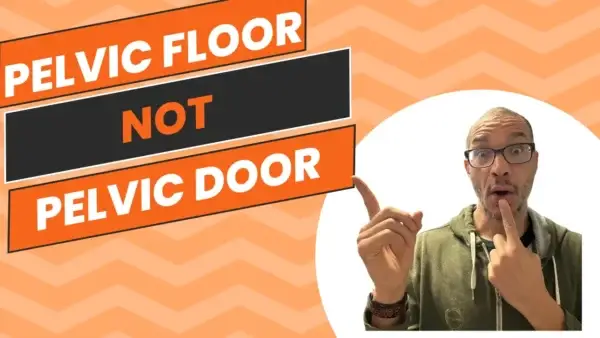
Imagine your house with a weak, shaky foundation—every room and floor begins to sag and fail. In your body, the pelvic floor is that vital foundation, supporting everything above it. Ignore it, and you invite widespread imbalance and dysfunction.
Pelvic Floor—Your Body’s Hidden Powerhouse
The pelvic floor is a hammock-like group of muscles and ligaments stretching from the pubic bone to the tailbone. Its job is to:
- Support and stabilize crucial organs—bladder, bowel, uterus or prostate, and rectum.
- Control continence—preventing accidental leaks of urine or feces, especially with coughing, sneezing, or jumping.
- Maintain healthy sexual function
- Stabilize the pelvis and spine, integrating with your abs, glutes, diaphragm, and other deep core muscles.
When the pelvic floor is weak, prolapse, pain, and dysfunction can occur—organs shift, muscles don’t move right, and serious issues like bladder infections, prolapse, or incontinence can arise.
Why Training Your Pelvic Floor Matters (For Everyone!)
- Women: Pregnancy, childbirth, and hormonal changes impact the pelvic floor. Training these muscles can ease birth, speed recovery, prevent incontinence, and improve sexual health.
- Men: Prostate health, continence, erectile function, and core stability all depend on pelvic floor health.
- Strengthens the “foundation” for better movement, posture, and injury prevention in sports, daily life, and aging.
Beyond Kegels—A Holistic Approach
Kegel exercises (contracting and releasing the pelvic floor) build awareness and basic strength, but true pelvic health requires a more holistic approach:
- Integrate other muscle groups: obturator internus, piriformis, adductors, glutes, abs, psoas, and diaphragm work with the pelvic floor and must be trained in harmony.
- Stretching and balancing: Proper tension and flexibility ensure each link is doing its job, preventing overload or weakness.
- Learn to isolate and coordinate the pelvic floor—sequencing contractions, learning independence, and building synergy with related muscles.
Complexity Made Simple
Yes, pelvic floor health is complex! But don’t let complexity keep you from starting. Begin with Kegels, build body awareness, and expand training as you learn.
- Start small, then work up to more advanced, whole-core movements.
- The key: Your pelvic floor should act as a “floor,” not open like a “door.”
Read the science and get your personalized pelvic health plan:
OMT: Osteopathic Manual Therapy
Find out more @

